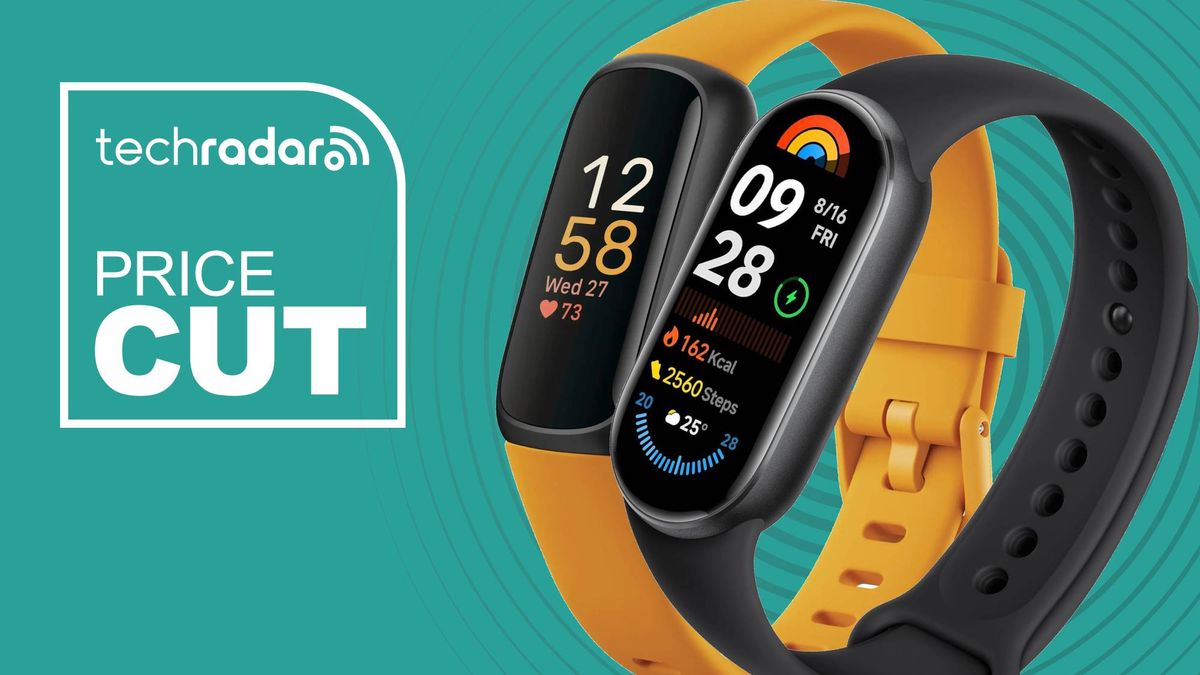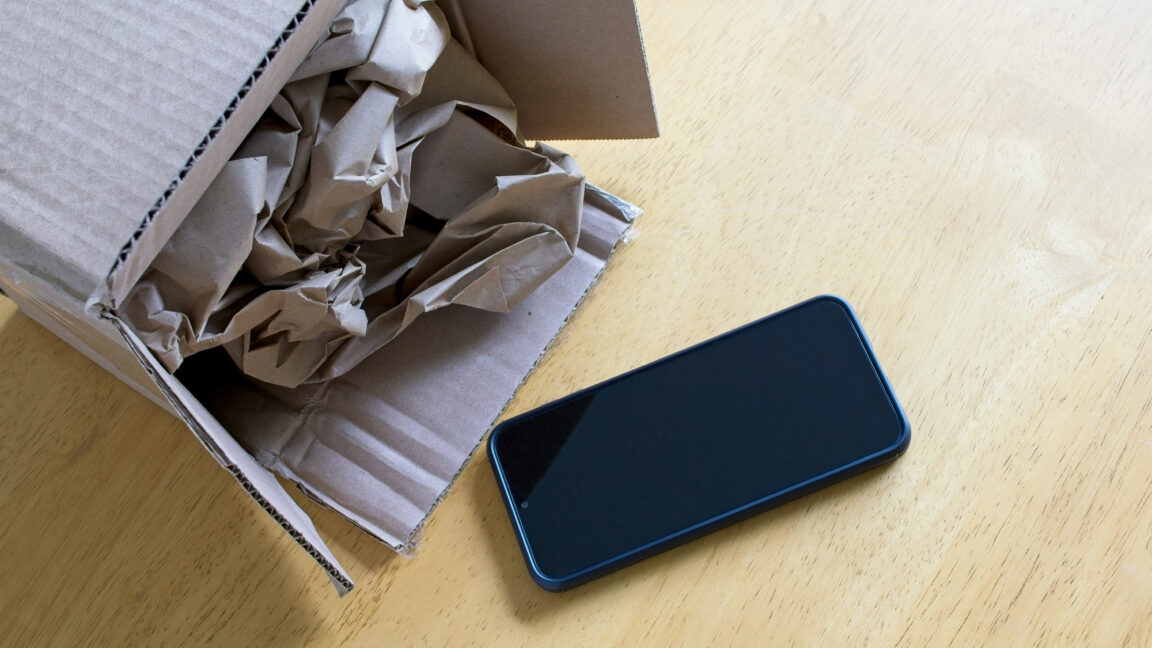Shopping
‘Card declined’ scares online shoppers in latest scam to run up fraudulent charges

We haven’t even handed out the fun-sized Snickers bars yet, but no matter, since many people get a jump on holiday shopping long before the last porch light goes out on Halloween.
And that’s why it’s never too early to roll out warnings about online shopping scams and rip-offs. Frankly, this batch of scary stuff could come in handy if you’re rushing online to find a Moo-Deng pygmy hippo costume for the kid or the pooch, too.
Scammers know that we’re now in prime time shopping season, and they’re crafting all sorts of ways to grab your cash.
And there will be more cash to try to grab this season
The National Retail Federation issued its forecast Tuesday for winter holiday spending, which is expected to grow between 2.5% and 3.5% over 2023 levels. According to that forecast, we’re looking at between $979.5 billion and $989 billion in total holiday spending in November and December, compared with $955.6 billion during the same time frame last year.
Online shopping is a huge force driving much of that spending. Online and other nonstore sales, which are included in the total, are expected to increase between 8% and 9%, according to the retail industry forecast. It’s estimated between $295.1 billion and $297.9 billion will be spent online and outside of stores.
Why you should be wary of a ‘card declined’ message
If you’re shopping online, the Better Business Bureau warns, you want to be extra cautious any time you get a “card declined” message, which is apparently a new twist in online shopping scams.
Consumers have been reporting that they’re seeing fraudulent charges on their credit cards and debit cards after they’ve encountered a “card declined” message while shopping online, according to the BBB.
Yep, the crooks just figured out a way to get you to hand over more than one credit card number.
Say you’ve found the item you want online. You’d then enter your debit card or credit card number at the checkout. But wait, the website stumps you and suddenly says your card was declined.
In some cases, you might receive an error message, such as: “Your card did not go through for some reason.”
What do you do? Well, most shoppers aren’t going to cancel the purchase on the spot — which appears to be a smart move to make. No, they’ll pull out another card for payment, plug in those numbers and receive the same error message.
Once you call your bank or credit card company to find out what gives, you discover that your accounts are fine. Your cards never were declined. Instead, according to the BBB alert, you’ve been charged far more than you ever imagined for the purchase.
One consumer reported losing $200 when trying to buy a water bottle.
“The website declined my initial transaction,” according to a report made to the BBB ScamTracker. “So I attempted it with a different credit card, which was also declined. I then asked my husband to try … and it was declined for him as well.”
But each of the three payment methods generated more charges.
In another report to the BBB ScamTracker, a credit card company immediately alerted another online shopper that charges for $2,500 were declined. The consumer never attempted to spend that kind of money.
The shopper had just entered a credit card number and was sent a message saying that the card did not go through for some reason. The consumer tried to make the purchase again, using the same card and obtained the same error message. Fortunately, the purchase was declined but the consumer continued to be upset.
“Now my personal email, address, and phone number, and credit card account number have been exposed,” the consumer wrote.
More: IRS warns about false promises of ‘pennies on the dollar’ tax settlements
More: Ticket buyers for Bridgerton ball in Detroit call it an all-out scam run by scoundrels
How not to be tricked by scammers and fake websites
What happened? The website you were shopping on was a scam. Or you started shopping after you received an email sent by a scammer hiding behind a fraudulent business.
Some online shopping warnings still apply: Scammers continue to post fake ads on Facebook and social media platforms, which might tempt you to buy something you’ll never receive. Or you might get an email out of the blue that looks legitimate but isn’t.
Another sign of a potential scam: The vendor has a hot item that no one else seems to have in stock right now. Or the ad offers 90% off everything on the website. Really? When is that ever going to happen?
Before loading up your online cart, Google the website name with the words “complaints,” “reviews,” and “scam” to see what other customers are saying.
Double check what you’d do — before you supply any payment information — if you need to return an item or want a refund. If there’s little or no information about returns or refunds on a website, you’ve can forget about that order and avoid a potential shopping headache ahead.
Triple check any emails or credit card statements for excessive charges that you’ll need to dispute. One consumer reported to the BBB ScamTracker in October about authorizing one payment for $29.99 for a bracelet bought online — and then being charged eight more times for a $29.99 purchase, which added up to nearly $240 in unauthorized charges.
Ghoulish scams and sketchy spending at Halloween
When it comes to shopping for Halloween, you want to be cautious about what you’re buying online, too. Consumers are expected to spend $104 per person this Halloween, according to the National Retail Federation, adding up to $11.6 billion in spooky spending. Total spending is expected to be down a bit from the record $12.2 billion forecast in 2023.
Another hair-raising stat: About $3.8 billion is expected to be spent on Halloween costumes. To avoid the Halloween scams, be sure to look out for things like:
- Fake sites for Halloween costumes: Many online websites can appear to be offering great deals on a costume but consumer watchdogs warn that you could still run the risk that you’re dealing with a fake site that won’t send you what you order. Double check the URL to make sure a scammer isn’t impersonating a well-known retailer. Look for the lock icon near the URL and the “s” after the “http” in the web address. These are signs that show you’re on a secure site.
- Bogus shipping texts: I just got a fake text the other day that claimed to be from “U.S. Customs” — yes, customs, not costumes. “You have a USPS parcel being cleared, due to the detection of an invalid zip code address, the parcel is temporarily detained.” The text told me to reply by hitting ‘Y’ and then I was going to need to activate a link. No, I don’t need to do any such thing. But if you just ordered something online, you could be tricked into thinking you need to act now. No. You. Don’t.
- Counterfeit makeup: Fake makeup around Halloween can cause serious injury to skin and facial tissue, warns Kari Kammel, director of Michigan State University’s Center for Anti-Counterfeiting and Product Protection. She stresses that any product that has a brand name on it can be counterfeited. The same warning applies to creepy contact lenses.
Contact personal finance columnist Susan Tompor: stompor@freepress.com. Follow her on X (Twitter) @tompor.








